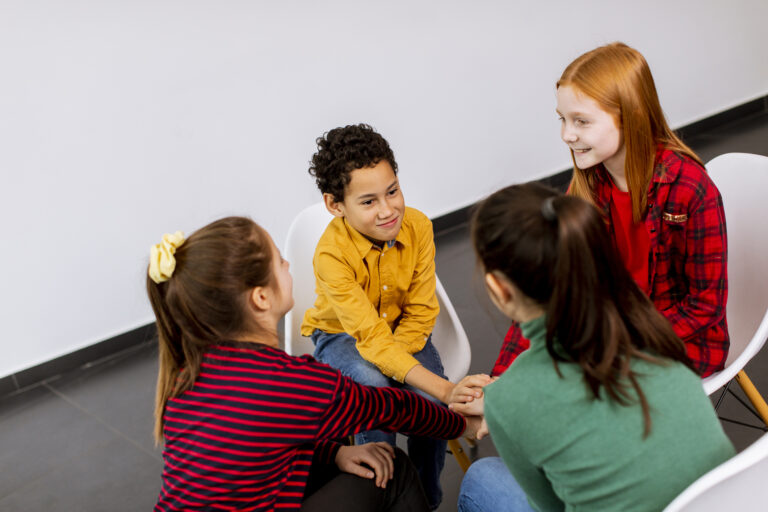This resource is provided by ACSA Partner4Purpose Keenan.
Deadly earthquakes in Japan and Guatemala remind us we live on a geologically active planet. In California, we know seismic events strike with little to no warning and that major tremors in our area can be separated by years or decades. The infrequency and unpredictability can lull us into complacency, or even lead to a sense that there’s really nothing we can do about the movement of the earth beneath us.
We certainly have no control over these immense forces or the time and place they are unleashed. What we can control is how well we minimize the hazards that cause most of the injuries in a quake and how effectively we prepare for the aftermath of a disaster. The safety of our schools, health care facilities, community resources, businesses and homes depend on all of us taking charge to be ready for the next inevitable earthquake.
Hazard reduction
Building codes and retrofitting have gone a long way to make our structures less vulnerable to earthquake damage. The greatest likelihood of injury comes from non-structural hazards. Non-structural components include furnishings and equipment, electrical and mechanical fixtures, and architectural features such as suspended ceilings, partitions, cabinets and shelves. In general, non-structural components and building contents become hazards when they slide, break, fall, or tip over during an earthquake. Securing the non-structural components and building contents improves safety and security during an earthquake emergency by:
- Reducing the potential for fatalities and injuries.
- Helping to maintain safe and clear exit ways for evacuation and for emergency responders to access the building.
- Reducing the potential for chemical spills, fires and gas leaks.
- Potential injuries can be reduced significantly by completing these “quick action items”:
- Store heavy items on lower shelves (below the height of adults and children).
- Do not store heavy items or full boxes on tall furniture.
- Secure hanging plants or hanging displays with closed hook hangers.
- Attach tall, heavy furniture to wall studs.
- Place tall file cabinets and shelving (over 4 feet) in low occupancy areas (such as a closet).
- Secure desktop equipment and displays that could fall and injure occupants.
When the shaking stops
When you are confident that the shaking has stopped practice extreme caution in leaving buildings and structures. Keep in mind that there may be things that have been shaken nearly loose but still hanging on and could potentially fall on you. If you know where your utility shut off locations are and are authorized to do so, turn off gas, electrical and water supplies to help prevent further risk of injury or damage.
Ready for the days after?
Following a major earthquake, utilities and communications can be interrupted, transportation may be blocked, and emergency services will be stretched to their limits. Some people could be completely on their own for several days afterward. Maintaining essential supplies in a “Go-Bag” to last for a minimum of three days, including water, food, flashlights and batteries, first aid supplies, clothing and means of shelter and warmth will help you weather the immediate aftermath. A hand-cranked emergency radio provides an important source of official information for recovery, risks of secondary disasters such as fire, flood or gas leaks. Many of these radios also provide a way to charge a cell phone.
You also need to be ready for aftershocks, which can be just as strong—sometimes stronger—than the initial earthquake. Stay clear of damaged structures, electrical lines, or anything else that could fall in your vicinity. Don’t allow emergency supplies and equipment to become a danger if the shaking starts again. Because each aftershock increases the possibility of gas leaks, fires should be avoided. Keep a supply of food that doesn’t require cooking and water that doesn’t need boiling.
Resilient communities and families learn the lessons from every prior earthquake—recent or distant—to have the best chance of surviving the next disaster uninjured and quickly on the way to recovery.





























